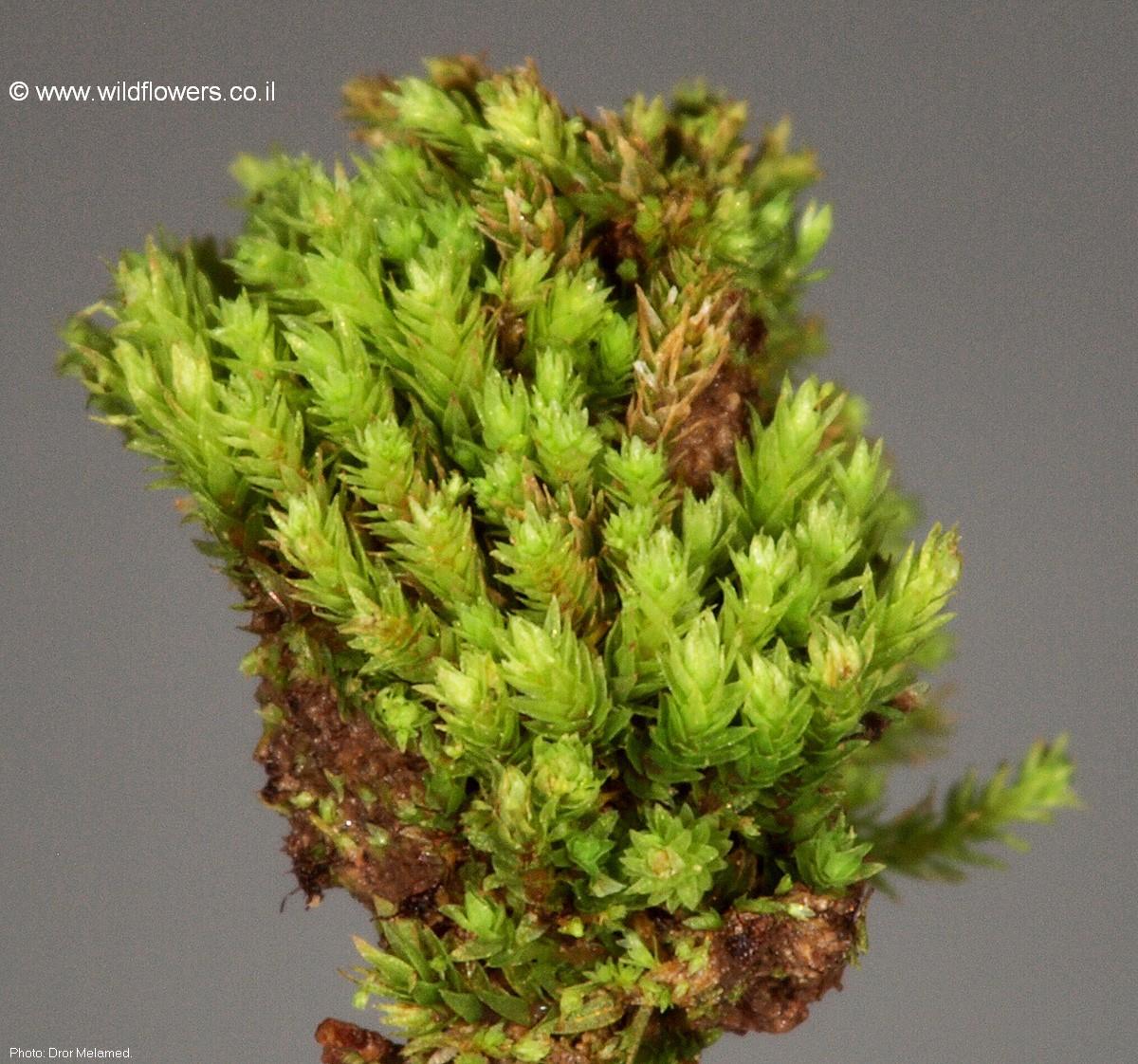Unveiling Philonotis: Exploring the Marvelous Moss
Affiliate Disclaimer: As an affiliate, we may earn a small commission when you make a purchase from any of the links on this page at no additional cost to you!

3258-l-4.jpg from: http://www.wildflowers.co.il/hebrew/picture.asp?ID=19288
Exploring the Fascinating World of Philonotis mauritiana Ångstr. Moss
Introduction
Mosses are often overlooked, but they play crucial roles in ecosystems around the world. One particularly interesting species is Philonotis mauritiana Ångstr., a moss in the Bartramiaceae family. In this blog post, we’ll dive into the details of this fascinating plant, from its morphology to its ecological importance. Get ready to discover the hidden wonders of Philonotis!
Background
Philonotis mauritiana Ångstr. is a species of moss classified in the Bryophyta division and Bryopsida class. The Bartramiaceae family, to which it belongs, contains around 350 species worldwide. Mosses like Philonotis lack true vascular tissue but have adapted to thrive in a wide range of habitats.
Morphology and Identification
Philonotis mauritiana forms dense tufts or cushions. Its stems are erect, ranging from 1-4 cm tall. The leaves are lanceolate and arranged in a spiral pattern. A key identifying feature is the presence of papillae, small protuberances, on the leaf cells. The leaves also have toothed margins. Sporophytes, when present, consist of a capsule on a long seta stalk.
Global Distribution and Habitat
This moss species is found in tropical and subtropical regions worldwide, including parts of Africa, Asia, and South America. It grows on damp soil, rocks, and tree bases in various habitats such as forests, grasslands, and along streams. The ability to tolerate a range of moisture levels allows P. mauritiana to colonize diverse environments.
Ecological Roles and Adaptations
Like other mosses, Philonotis mauritiana plays important ecological roles:
- Nutrient cycling: It helps trap and recycle nutrients, enriching the soil.
- Moisture retention: Moss cushions absorb and retain water, regulating moisture in the microenvironment.
- Erosion control: By stabilizing soil, it helps prevent erosion.
- Habitat provision: Many small invertebrates make their homes in moss clumps.
P. mauritiana has adaptations like water-absorbing papillae and a shallow root-like system (rhizoids) to optimize water and nutrient uptake. Its small size and dense growth form help it withstand harsh conditions.
| Characteristic | Description |
|---|---|
| Division | Bryophyta |
| Class | Bryopsida |
| Family | Bartramiaceae |
| Genus | Philonotis |
| Species | P. mauritiana |
| Stem height | 1-4 cm |
| Leaf shape | Lanceolate |
| Leaf cell surface | Papillose |
| Habitat | Damp soil, rocks, tree bases |
| Distribution | Tropical and subtropical regions worldwide |
Conclusion
Philonotis mauritiana Ångstr. may be small, but it is a prime example of how mosses have evolved to fill essential niches in ecosystems around the globe. From its distinct morphology to its ecological adaptations, this species showcases the incredible diversity within the Bryophyta. Next time you see a patch of moss, take a closer look – you might just be gazing at the marvelous Philonotis! What other secrets do you think these ancient plants hold?
